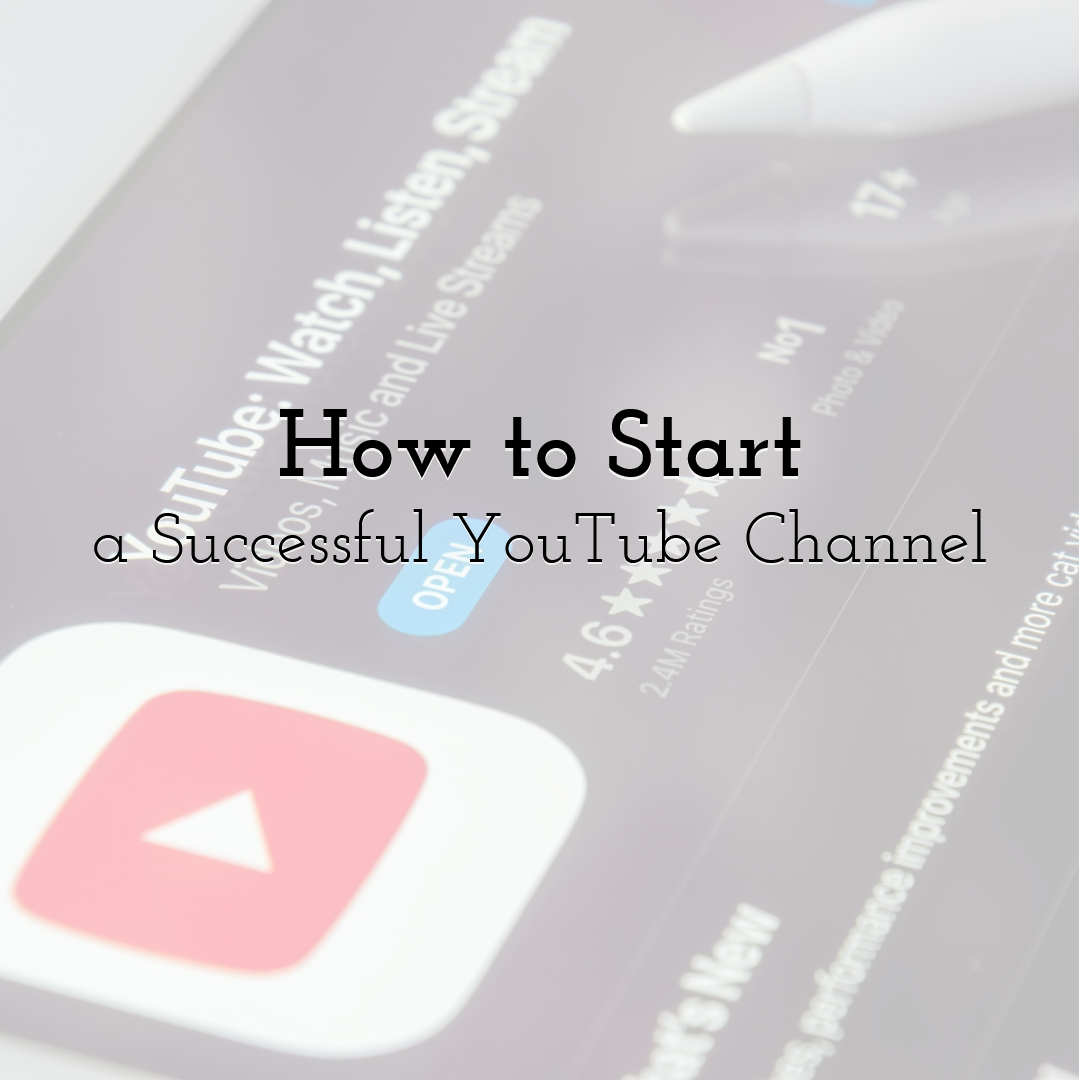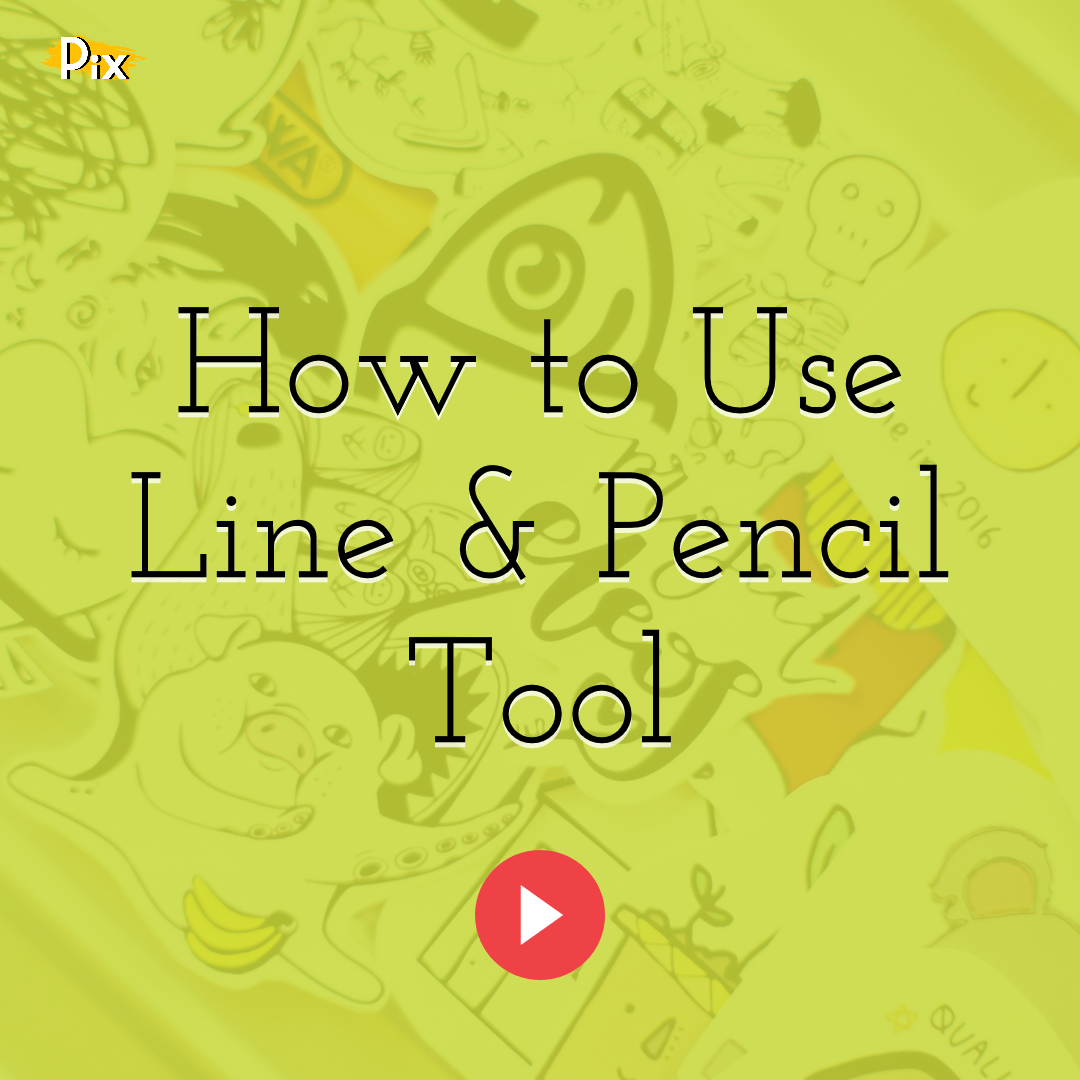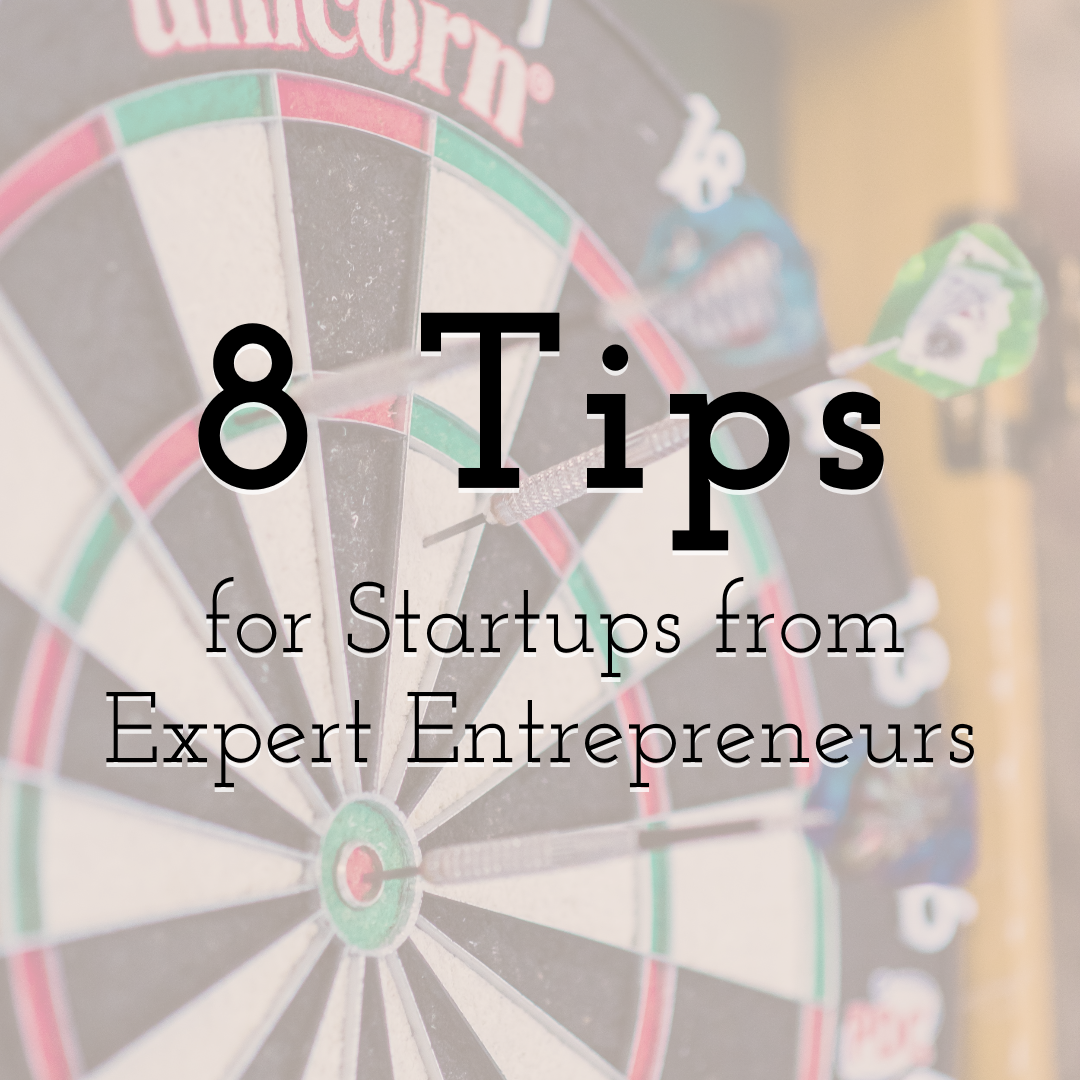How to Start a Successful YouTube Channel

YouTube is a vast sea of content, brimming with creators covering every niche imaginable. To rise above the noise, you need more than a camera—you need a plan. Let’s break it down.
1. Define Your Purpose and Niche

Start by asking yourself:
- • What am I passionate about? Whether it's cooking, tech reviews, storytelling, DIY, or comedy, focus on something you can consistently create.
- • Who is your target audience? Identify age, interests, and viewing habits. A cooking tutorials channel could focus on quick weekday meals for busy parents, for example.
- • What problem are you solving or entertainment are you providing? Maybe you’re making complex subjects simple, or offering quick creative inspiration.
A focused niche supports discovery. A clear purpose helps you stand out—and stick to your lane.
2. Research & Validate Your Idea
Once you pick a niche, spend time exploring:
- • Popular creators in your niche: What topics get views? How do they structure intros, visuals, thumbnails?
- • Gaps in the content: Is everyone creating long-form interviews? Maybe no one is doing quick, digestible breakdowns.
- • Keyword research: Use tools like YouTube’s search suggestions, Google Trends, or dedicated platforms to identify what terms people are searching for related to your content.
This research will guide your content planning and help you craft videos that fill demand—not just interest.
3. Plan Your Content Strategy

Structure breeds consistency. Build a content calendar with:
- • Core video types (e.g. tutorials, reviews, challenges, Q&As).
- • Frequency: Aim for at least 1–2 videos per week, depending on your bandwidth.
- • Length: Shorter videos (5–8 minutes) tend to perform well for tutorials, while vlogs or story-led content can stretch longer. Test and adapt.
- • Series or recurring segments: This encourages viewers to return (e.g. “Tech Tip Tuesday,” “Meal Prep Mondays,” etc.).
4. Learn Platform Mechanics
Understanding how YouTube functions behind the scenes is crucial for longevity.
- • View Count Mechanics: Believe it or not, understanding exactly how YouTube counts views can give you a strategic edge. YouTube filters out bot activity and ignores quick refreshes, only counting views that meet certain watch-time and engagement thresholds. Knowing these rules helps you design intros and hooks that keep viewers watching long enough for their views to count—boosting both your numbers and your channel’s credibility.
- • Performance Analytics: Dive into your channel’s YouTube stats to monitor watch time, audience retention, click-through rate (CTR), impressions, and subscriber growth. These insights tell you what’s resonating—and what needs adjustment.
These metrics shape your strategy far more than raw view counts.
5. Invest in Production Quality (Within Budget)

You don’t need a Hollywood crew—but attention to a few key areas goes a long way:
- • Audio: Poor audio is one of the quickest ways to lose viewers. A basic lavalier or USB mic offers big improvements.
- • Lighting: Natural daylight is fantastic. If filming at home, light your face (or subject) from the front and fill in shadows for a crisp, professional look.
- • Framing and Stability: Use a tripod or put your camera on a steady surface. Frame your shot with some head and shoulder room; rule of thirds helps with composition.
- • Editing: A light intro/outro branding, clean cuts, and occasional graphics keep your videos polished. Start simple—you can grow into advanced editing tools later.
6. Craft Compelling Titles, Thumbnails, and Descriptions
This is your “first impression” that determines whether a viewer clicks:
- • Thumbnails: Bright, high-contrast visuals, expressive faces (if appropriate), and bold text (3–4 words max). Make them consistent so your brand becomes recognizable.
- • Titles: Combine keywords with curiosity or clarity—e.g. “5-Minute Meals for Busy Parents” is clear and appeal-driven.
- • Descriptions: Begin with a strong first sentence (as it shows in search previews), include timestamps, links to social media, and relevant tags. Use keywords naturally—don’t stuff.
A/B test over time to discover what formats yield higher CTR.
7. Optimize Videos for Discovery

- • Tags: Use broad and specific tags—e.g. “cooking,” plus “5-minute vegetarian dinners,” etc.
- • Playlists: Organize content into themed playlists. These encourage session watch time and make your channel accessible.
- • End Screens & Cards: Direct viewers to other videos, playlists, or invite them to subscribe. It keeps viewers on your channel longer.
8. Engage with Your Audience
Treat your audience like a community:
- • Reply to comments — especially early comments, within the first few hours after upload.
- • Ask questions in your video to prompt comments (e.g. “Which recipe should I try next?”).
- • Community tab / Stories: Use polls, behind-the-scenes snapshots, or quick updates to keep fans engaged between uploads.
Sometimes audience feedback can inspire popular video ideas—listen and adapt.
9. Promote Beyond YouTube

While internal YouTube discovery is powerful, don’t neglect external channels:
- • Social media: Share short clips or behind-the-scenes on Instagram, TikTok, or Twitter with a link to the full video.
- • Collaborations: Partner with creators in related niches. Cross-promotion introduces you to new audiences.
- • Blogs or email: If you have a website or newsletter, embed your videos or write posts summarizing video content for SEO boost.
10. Analyze and Iterate
Every month (or after every set of 5 videos), review:
- • Watch time and retention: Where are people dropping off? Can you improve pacing or intros?
- • CTR: Adjust thumbnails or titles that underperform.
- • Subscriber growth: Which videos drive net gains?
- • Use this insight to double down on what works—and pivot away from what doesn’t.
11. Scale Thoughtfully

As your channel grows, consider:
- • Upgrading gear: Better lighting, camera, or mic can elevate production.
- • Batch filming/editing: Record multiple videos in one session to streamline production.
- • Outsourcing: Hire an editor, thumbnail designer, or VA as needed to free time for creative focus or community engagement.
But ensure that quality, consistency, and authenticity remain at your core.
12. Keep Learning & Adapting
YouTube is always evolving:
- • Stay informed about algorithm updates, trending formats (e.g. Shorts), or new features like memberships, premieres, or Super Chat.
- • Test new formats occasionally. Shorts or livestreams might drive fresh exposure or monetization paths.
- • Watch other successful channels — not to copy, but to learn mechanics of storytelling, pacing, presentation, and community-building.
Final Thoughts:
Building a successful YouTube channel takes time and persistence. But when you blend:
- • a clear niche and audience focus,
- • consistent, quality content,
- • savvy optimization (thumbnails, titles, analytics),
- • genuine engagement with your viewers, and
- • continuous learning and adaptation
...you’ve got a powerful recipe.
Be patient with growth. Celebrate each milestone—your first 100 subscribers, your first 1,000 views, your first comment. These are signs of a real, burgeoning community.
Now, grab your camera (even if it’s your phone), brainstorm your first few ideas, and start creating. You’ve got this—and the world is ready to watch.
Until next time, Be creative! - Pix'sTory
Recommended posts
-

How to Add Your Own Fonts on PixTeller Editor
Read More › -

How to Flip (Mirror-Reflect) Objects
Read More › -

The Hidden Gem for Marketers: Personalized Video at Scale
Read More › -

How to Use the Line & Pencil Tools
Read More › -

8 Significant Tips for Startups from Expert Entrepreneurs
Read More › -

How to Add Shapes
Read More ›
